In the mid 1880s, two French artists were working in collaboration on a whole new manner of making art - painting pictures that were no longer built by smooth brushstrokes, but, rather, from laying down tiny dots of colour.
Georges Seurat was the more technically gifted of the two - approaching his studies of colour theory and optics with a scientific intensity that would have impressed even the great Leonardo da Vinci.
But with poor Seurat dying so young at only 31 years old, it was left to Paul Signac - (who, by nature, was a far more “intuitive” artist) - to really carry the candle for their revolutionary new style of painting.
And though Signac’s pictures do not have the same striking realism as his friend- they are still truly magical for their mesmerizing surface and shimmering colour schemes.
Signac actually started out as an architecture student. But soon after turning 18, he fell in love with the works of Claude Monet, which inspired him to pursue the much less reliable career as a painter.
At 21, he finally had the chance to meet his hero in person. However, as Monet was more than twenty years his senior, their relationship was always somewhat hierarchical and formal. Whereas when Signac met the 25 year old Georges Seurat - it was much more like finding a kind of artistic soul mate.

Seurat was already obsessively working to take “impressionism” to a place that even the impressionists had not yet imagined! And while the two of them quickly struck up a close friendship beyond just their work as artists- we can clearly tell just how influential Seurat’s passion would have been on the younger Signac.
Thus, it really is tragic that their friendship was cut so short after only 6 years. But in fact, when Seurat died in 1891, it was actually the second time Signac found himself grieving for a fellow artist
Only a year earlier, another of his closest friends (and regular painting partner) by the name of Vincent van Gogh, had also passed away.
So while Seurat’s death was likely a result of pneumonia, and van Gogh’s was caused by a self inflicted gunshot wound - we can imagine just how profoundly these two losses would have affected Signac; who, we must remember, was still only 27 at the time!
But, fortunately, he found the strength to continue his work; seeing it as his responsibility now to “press onwards”, on behalf of his two friends.
And when fellow artist Henri Toulouse-Lautrec once threatened to fight a “duel to the death” with an art writer who had dared to criticize Van Gogh’s work . . . Signac did not hesitate to join in the defence too; insisting that “if Henri should be killed . . . I will take up the fight in honour of both!”
_
Although, perhaps the best tribute he could ever give to his two friends, is in the expansion of his art; and the way he went on to bring such vivid colour to this pointillist style which van Gogh himself so admired, and which Seurat had first helped to set in motion.

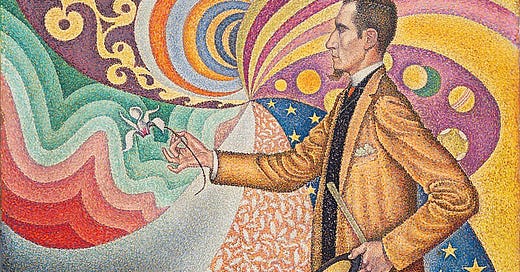


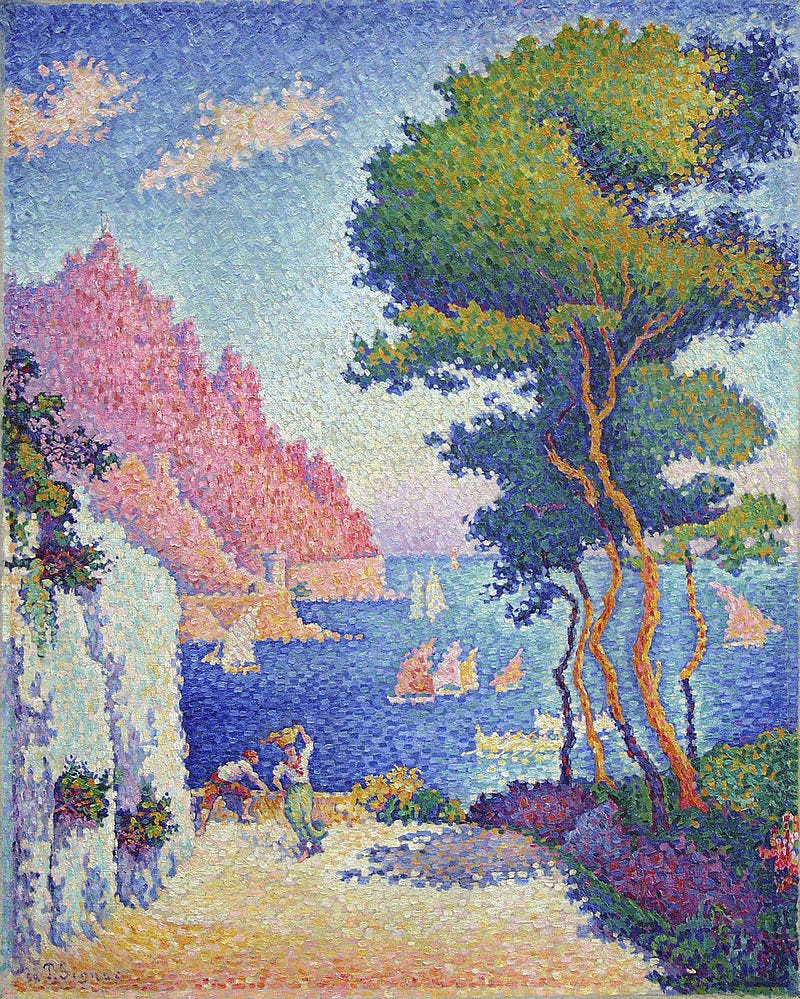
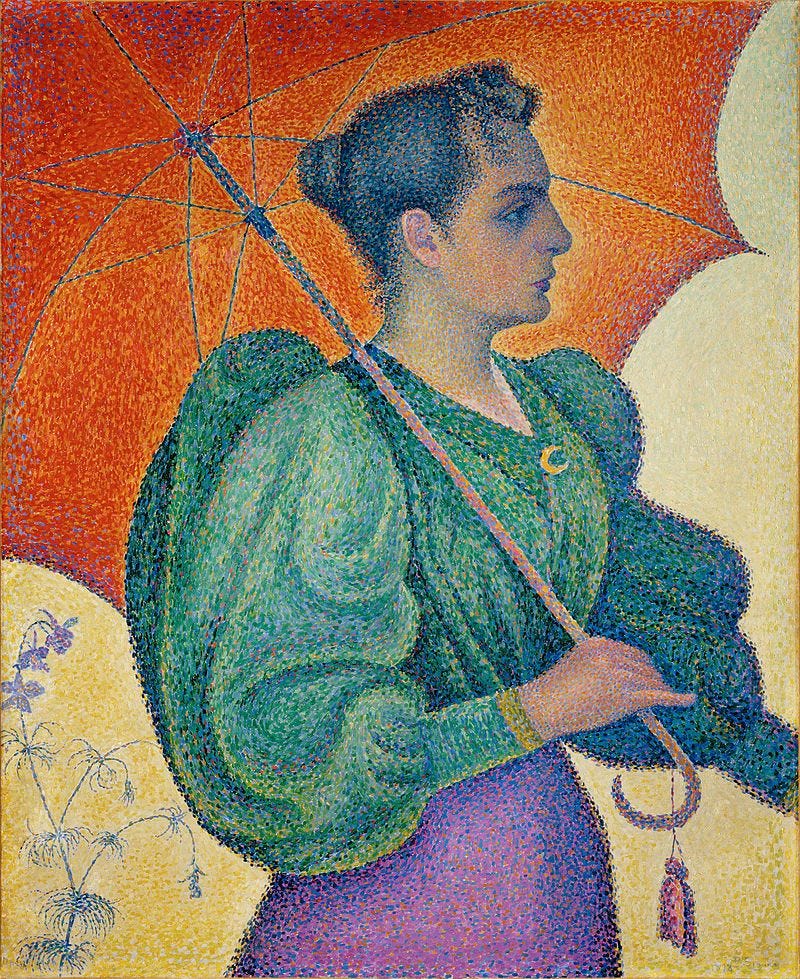
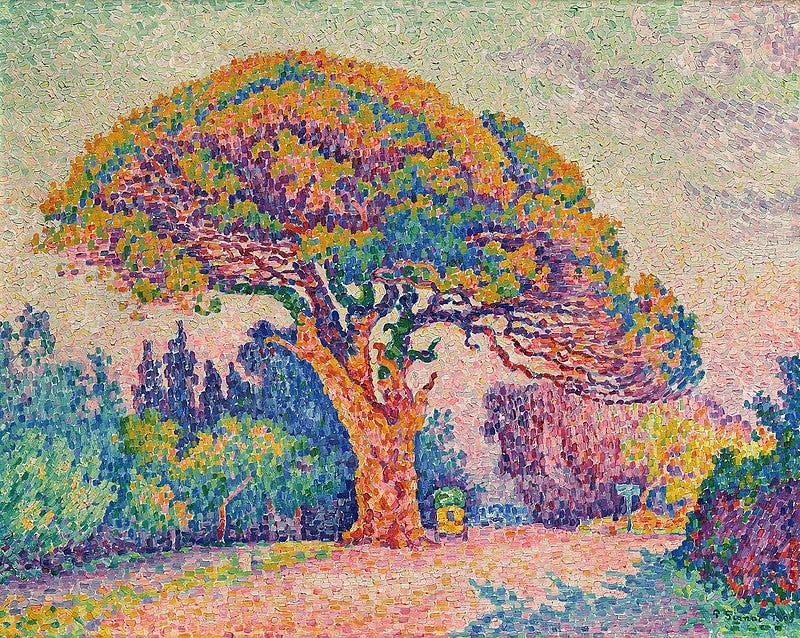

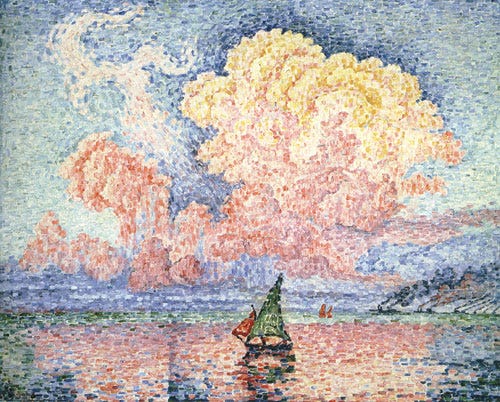
Thank you again, as usual. I’ve never been able to predict what you’ll cover next, which makes this Substack so refreshing! The Courtauld has a marvellous collection of Seurat, and this time next year they have an exhibition Seurat and the Sea. Wonderful to see, and I hadn’t appreciated how much Van Gogh admired them. And yet … I’ve always thought of pointillism as a bit of a dead end, and you don’t hear of ‘neo-pointillism’. I know S and S are the protagonists, but I don’t know of any major others. I’d be glad to see them!
Love the paintings by Signac, another painter I had not heard about before.